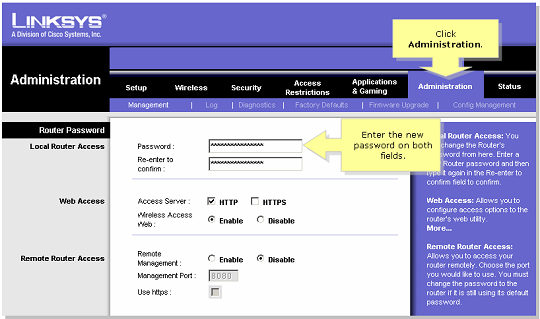

This could be used to set up a backdoor administrative account that wouldn't be listed in the web interface. These vulnerabilities can also be used to obtain the router's firmware and kernel versions, a list of running processes, information about computers connected to the routers, a list of USB devices and the configuration settings for the FTP and SMB file-sharing servers.įinally, the most serious vulnerability could allow attackers to inject and execute shell commands with root privileges on the affected routers. The exposed information includes the Wi-Fi Protected Setup (WPS) PIN that can allow attackers to access the wireless network and attack an affected router from within.

Other flaws in the web interfaces of the affected Linksys routers allow attackers to bypass authentication and access several CGI scripts that can reveal sensitive information about the devices and their configurations.

This can result in devices becoming unresponsive and preventing users from accessing the internet. Two vulnerabilities allow remote unauthenticated attackers to cause a denial-of-service condition on the affected routers by sending specifically crafted requests to one of their application programming interfaces (APIs). Countless more are vulnerable to attacks launched over local area networks from compromised computers, phones or other devices.
LINKSYS ROUTER FIRMWARE UPDATE UPDATE
Customers are highly encouraged to update their routers to the latest available firmware and check their router security settings to ensure the firewall is enabled.The flaws range from low to high severity and directly impact over 7,000 routers that have their web-based administrative interfaces exposed to the Internet. We believe that the examples provided by Bad Packets are routers that are either using older versions of firmware or have manually disabled their firewalls. JNAP commands are only accessible to users connected to the router's local network. We quickly tested the router models flagged by Bad Packets using the latest publicly available firmware (with default settings) and have not been able to reproduce CVE-2014-8244 meaning that it is not possible for a remote attacker to retrieve sensitive information via this technique. "We responded to a vulnerability submission from Bad Packets on May 7th, 2019 regarding a potential sensitive information disclosure flaw: CVE-2014-8244 (which was fixed in 2014). Update 8.09 BST: A Linksys spokesperson told ZDNet: Some, but not all, of the impacted Linksys devices can be installed with OpenWrt firmware to prevent these data leaks.

No authentication is required and the issue can be exploited remotely. The leaked information can be accessed by opening a browser session and going to the Linksys Smart Wi-Fi router's public IP address, opening the developer console, selecting the network tab, and scrolling down to JNAP. See also: OneCoin 'CryptoQueen' sued over alleged $4bn cryptocurrency Ponzi scheme
LINKSYS ROUTER FIRMWARE UPDATE MAC
"An attacker can query the target Linksys Smart Wi-Fi router, get its MAC address, and immediately geolocate it." "While geolocation by IP address is not precise, services like WiGLE allow anyone to get the exact geographical coordinates of a WiFi network based solely on its MAC address or SSID," the researcher says. Should the name of the owner be included in the device name, this could also be used to unmask the owner's identity and potentially geolocate them via the Linksys Smart Wi-Fi router's public IP address, according to Mursch. The MAC address alone, an identifier issued to networked devices, could be used to track the router.


 0 kommentar(er)
0 kommentar(er)
